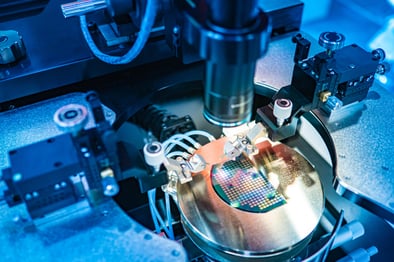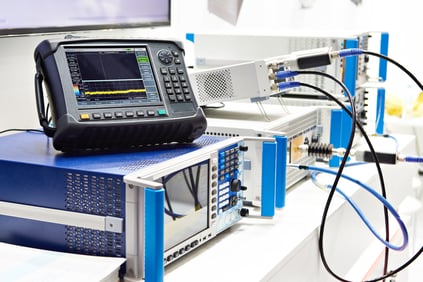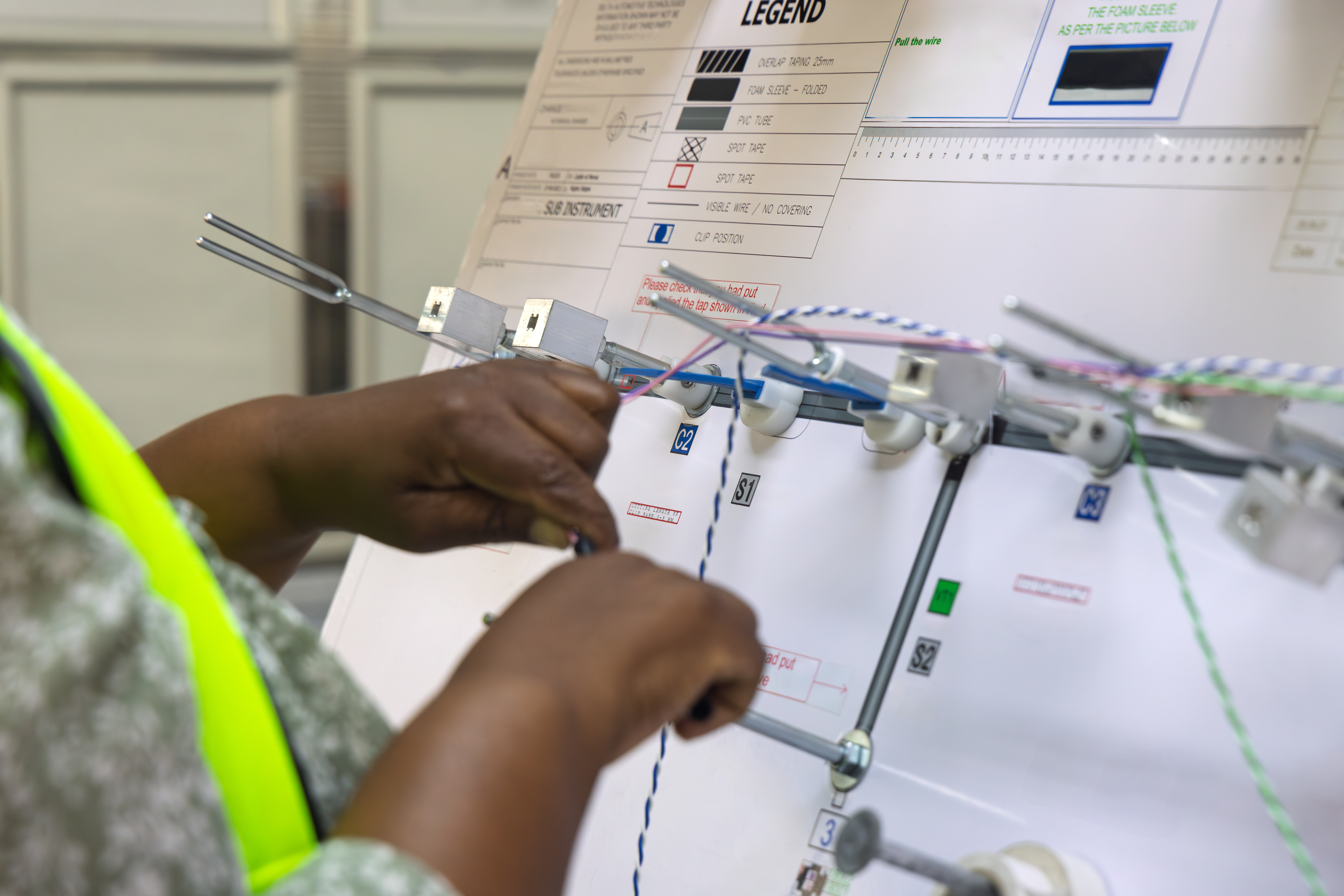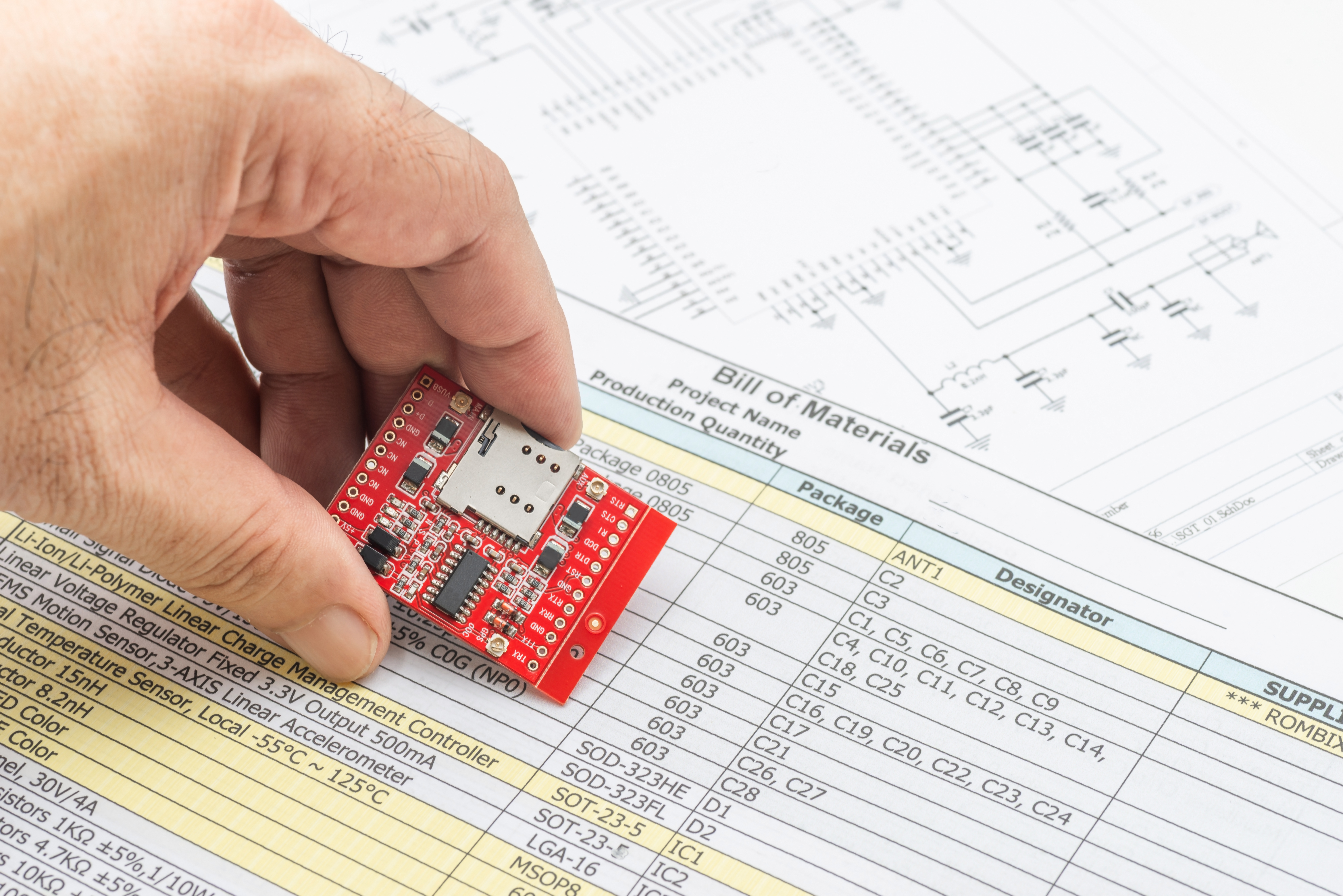UL approved Industrial Controls.

1.1. INTRODUCTION
According to Wikipedia, "UL, LLC is a global safety certification company headquartered in Northbrook, Illinois. It maintains offices in 46 countries. Established in 1894 as the Underwriters' Electrical Bureau (a bureau of the National Board of Fire Underwriters), it was known throughout the 20th century as Underwriters Laboratories. It participated in the safety analysis of many of that century's new technologies."
Founded in 1894 by William Henry Merrill, Underwriters Laboratories Inc. was born after William, then 25, worked at the 1890 Chicago World Fair's Palace of Electricity to assess fire risks. While there, he presented his idea for an electrical testing laboratory. The Western Insurance Union and the Chicago Underwriters Association decided to fund his idea and formed what would become the Underwriters Laboratory, now known as UL.
Today, the UL lab offers services ranging from certifying personnel, products, facilities, processes, and systems to identifying and closing regulatory gaps, confirming compliance, and maintaining customer certifications. The company also partners with its customers to help them sustain best practices across their companies and value networks.
The company has 64 laboratories that test and certify more than 22 billion products annually on behalf of its customers in more than 143 countries. Its current workforce is over 14,000.
2.1. WHY IS A UL CERTIFICATION IMPORTANT?
The UL mark is usually seen on industrial equipment and home appliances, including fuses, electrical panels, circuit breakers, smoke alarms, fire extinguishers, and sprinklers. UL testing ensures that standards regarding material and performance specifications are met and that devices are constructed to provide the highest levels of safety for personnel and end-users.
While many believe that UL tests every product, that isn't always true. More often than not, UL authorizes a manufacturer to test the product against UL standards, after which UL follows up regularly to ensure the testing is being done in accordance with the guidelines.
The following are the significant reasons why UL certification is highly respected by industry and consumers alike:
- High Standards: A UL mark on a product means it has undergone rigorous testing to ensure it meets UL's high-performance standards. This assures consumers and regulators that the product will function as described.
- Safety: UL certification signals to consumers that the manufacturer has put their products through severe testing to ensure their safety. This reassures the consumer of safety while the product is in use. When accidents or disasters occur, it also assures third parties, like Insurance companies and regulators, that low-quality devices (and the manufacturer responsible for producing them) aren't to blame.
- Value: UL certification enables companies to invest more capital in producing high-quality products and to appropriately and comfortably charge consumers in ways that allow them to make profits. Consumers are also willing to pay because they have a guarantee that they will receive value for money spent. Third parties also benefit through taxes and reduced insurance claims.
- Peace of Mind: Manufacturers can confidently invest in UL-recognized equipment, knowing that breakdowns and repairs due to low quality will not be an issue. Consumers can rest easy, knowing that more money won't need to be spent on the same products due to low performance or safety issues.
3.1. TYPES OF UL CLASSIFICATION:
There are a variety of UL certifications. However, in this article, we will only be looking at the major ones, which are listed below:
3.2. UL CERTIFIED MARK AND PROMOTIONAL BADGE FOR PRODUCTS
The UL Certified Mark for products is part of the enhanced Mark system. This system consists of the UL Certified Mark plus a special promotional badge. The UL Certified Mark can be used for products certified under UL's Listing and Classification services and for UL certifications for specific geographies.
Except in certain limited circumstances, promotional badges may not be used unless a product also carries a UL Certified Mark. UL offers both the UL Certified Mark and promotional badges with optional QR codes.
3.3. UL LISTED MARK (ALL VARIATIONS)
UL Listing means that UL has tested representative product samples and determined that the product meets specific requirements. These requirements are often based on UL's published and nationally recognized Standards for Safety. In some cases, UL has also evaluated products for compliance with additional requirements, including those covering energy efficiency, functional safety, use in gas-fired equipment and marine environments, and use in plumbing, security, and signaling applications. For packaging, the appropriate variation of the UL Listed Mark may be used alone as long as the product (as opposed to any Listed component in or connected to the product) bears the complete UL Mark. Except in certain limited circumstances, products using any variation of the UL Listed Mark are ineligible to use a promotional badge.
3.4. UL CLASSIFIED MARK (ALL VARIATIONS)
UL Classification typically means that UL has tested and evaluated samples of a product with respect to its specific properties. UL classifies products to:
- Applicable UL requirements
- Standards of other organizations
It is important to use the UL Classified Mark accompanied by a statement indicating the specific scope of the Classification. For packaging, the appropriate variation of the UL Classified Mark may be used alone as long as the product bears the complete UL Classified Mark. Except in certain limited circumstances, products using any variation of the UL Classified Mark are ineligible to use a promotional badge.
3.5. UL RECOGNIZED COMPONENT MARK (ALL VARIATIONS)
UL Component Recognition means that UL has evaluated components or materials intended for use in a complete product or system. These components are intended only for end-use products that may be eligible for UL certification.
Because UL Recognized Components are intended for specific applications, Marks or symbols using the letters "U-L" can never be used to advertise or promote UL Recognized Components. The appropriate symbol for promoting UL Component Recognition is the UL Recognized Component Mark. Products using the UL Recognized Component Mark are never permitted to use a promotional badge.
3.6. UL PERFORMANCE VERIFIED MARK
UL performance Verification means that UL has tested and evaluated product samples, typically against a specific performance standard. UL performance Verifies products to meet:
- National or international industry performance standards
- Manufacturer's proprietary (internal) standards
- UL requirements
Using the UL performance-verified Mark only in conjunction with a statement indicating the specific scope of the UL performance Verification is important. Except in certain limited circumstances, products using the UL performance-verified Mark are ineligible to use a promotional badge.
3.7. UL CERTIFIED MANAGEMENT SYSTEM PROMOTIONAL BADGE
Customers can promote certification using a UL promotional badge with a UL-certified management system. However, a UL Certified Management System badge may never appear on a product and may not imply that a product has been certified by UL.
3.8. UL CERTIFIED PROCESS PROMOTIONAL BADGE
Customers can use a UL promotional badge with a UL certified process to promote a certification. A UL Certified Process badge may never appear on a product and may not be used to imply that a product has been certified by UL. Ensure that the text on any promotional badge matches the scope of UL certification.
4.1. WHAT IS THE DIFFERENCE BETWEEN UL RECOGNIZED AND UL LISTED?
 UL RECOGNIZED: UL Recognition is usually seen on the factory floor. It is generally applied to devices that power other machinery (circuit boards, etc.). UL Recognition verifies that machines used by workers are safe to use, properly housed, efficient, and sustainable. UL Recognized stamps are more straightforward to attain than UL Listed stamps because manufacturers can choose which components to certify within the system. UL recognition is also less rigid in its industry standards.
UL RECOGNIZED: UL Recognition is usually seen on the factory floor. It is generally applied to devices that power other machinery (circuit boards, etc.). UL Recognition verifies that machines used by workers are safe to use, properly housed, efficient, and sustainable. UL Recognized stamps are more straightforward to attain than UL Listed stamps because manufacturers can choose which components to certify within the system. UL recognition is also less rigid in its industry standards.
UL LISTED: The UL Listed symbol is for stand-alone products, so it is featured on various consumer goods, making it the more recognizable of the two. The UL Listed certification requires far more testing than the UL Recognized certification. It means the product has undergone rigorous testing by UL against nationally recognized safety, longevity, and sustainability standards and has been certified to be free from significant risk (of fire or electric shock) in a Division 2 environment (an area where ignitable concentrations are used).
5.1. CONCLUSION
The UL Mark is trusted because UL is a third-party inspection and certification service. Unlike other certifications, which are purely for marketing purposes, UL certifications give consumers confidence in the product's ability to perform, longevity, and safety.
The rigorous testing and UL certification process required to attain certification by UL also position your brand as trustworthy and consumer-focused. It is concerned with satisfying the consumer's performance requirements, ensuring consumer safety, and ensuring the consumer derives maximum value for money spent.
At Dynamic, we stay current on innovations and new technology. We hope you found our information about UL certification and its importance and value. If you need assistance with a project, please contact us.
To further enhance your knowledge of UL, its application, and why it is important, you can obtain additional information from other resources, such as UL 489: When to apply UL 489 devices and UL 508A: Why there is a widespread misapplication of UL 508A devices.
You can also stay in touch with us by signing up for our newsletter and following us on our LinkedIn and Facebook pages to receive updates when we have promotions, snackable content, or new blog posts.







